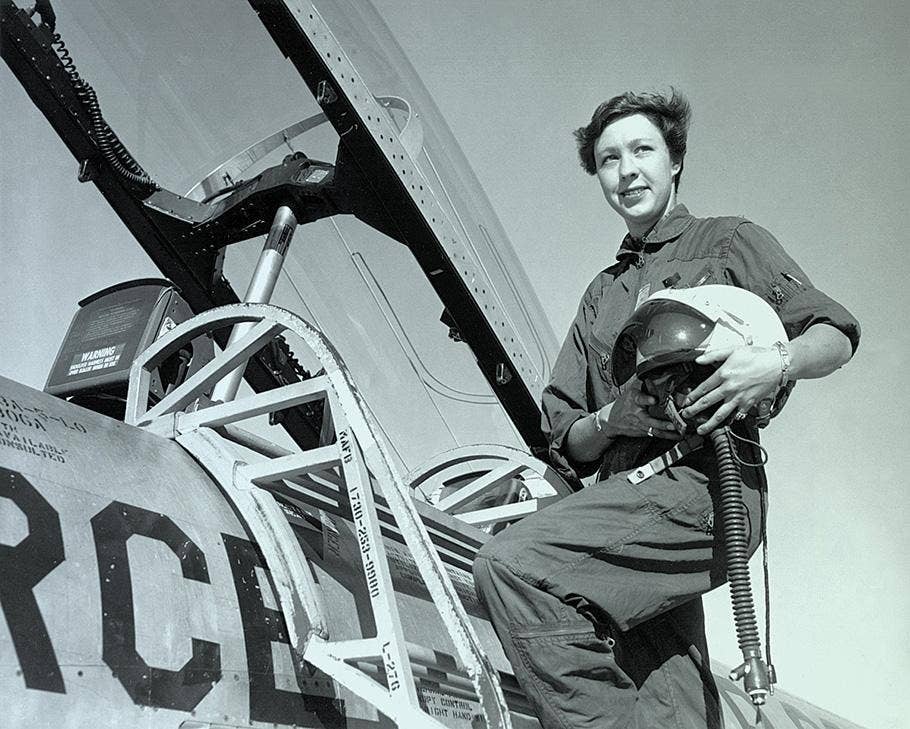Moon-Bound Nova-C Commercial Lunar Lander Successfully Launches
Following liftoff, NASA confirmed the spacecraft was stable and receiving solar power.

The IM-1 mission launches from Launch Complex 39A at NASA’s Kennedy Space Center in Florida at 1:05 a.m. EST Thursday. [Courtesy: SpaceX]
The Intuitive Machines' IM-1 mission successfully launched on SpaceX's Falcon 9 rocket early Thursday, putting the Houston-based aerospace company on track for the first U.S. lunar landing in more than 50 years.
Following a launch delay earlier in the week due to a technical issue, the robotic Nova-C class lunar lander lifted off from Launch Complex 39A at NASA's Kennedy Space Center in Florida at 1:05 a.m. EST.
Shortly before 2 a.m., the lander deployed from the Falcon 9 rocket second stage, NASA said.
"Teams confirmed it made communications contact with the company's mission operations center in Houston,” the agency said. “The spacecraft is stable and receiving solar power."
The IM-1 mission is headed to the South Pole region of the moon as part of NASA’s commercial lunar payload services (CLPS) initiative and Artemis campaign. On board the Nova-C lunar lander, called Odysseus, are six NASA payloads that will conduct research to better understand the lunar environment.
NASA experiments and data collection will begin before the lander touches down on the moon's surface, according to the space agency. While en route, instruments will measure the quantity of cryogenic engine fuel as it is used, and precision landing technologies will be tested during its descent, according to the agency. When the lander reaches the moon's surface, it will then focus on space weather, lunar surface interactions, and radio astronomy.
"The Nova-C lander also will carry retroreflectors contributing to a network of location markers on the moon for communication and navigation for future autonomous navigation technologies," NASA said.
Following the launch Thursday, NASA Administrator Bill Nelson called the mission a "giant leap for humanity" amid preparations for Artemis, a series of missions that will attempt to return U.S. astronauts to the moon as soon as 2025.
"These daring moon deliveries will not only conduct new science [on] the moon, but they are supporting a growing commercial space economy while showing the strength of American technology and innovation," Nelson said. "We have so much to learn through CLPS flights that will help us shape the future of human exploration for the Artemis generation."
The IM-1 mission is the first attempted lunar landing as part of the CLPS initiative and comes little more than a month after the failed attempt of Astrobotic’s Peregrine Mission One to become the first American CLPS spacecraft to reach the moon’s surface.
“We are keenly aware of the immense challenges that lie ahead,” Steve Altemus, Intuitive Machines CEO, said in a statement. “However, it is precisely in facing these challenges head-on that we recognize the magnitude of the opportunity before us—to softly return the United States to the surface of the moon for the first time in 52 years.”
The Nova-C lander is expected to land on the moon February 22.

Subscribe to Our Newsletter
Get the latest FLYING stories delivered directly to your inbox






